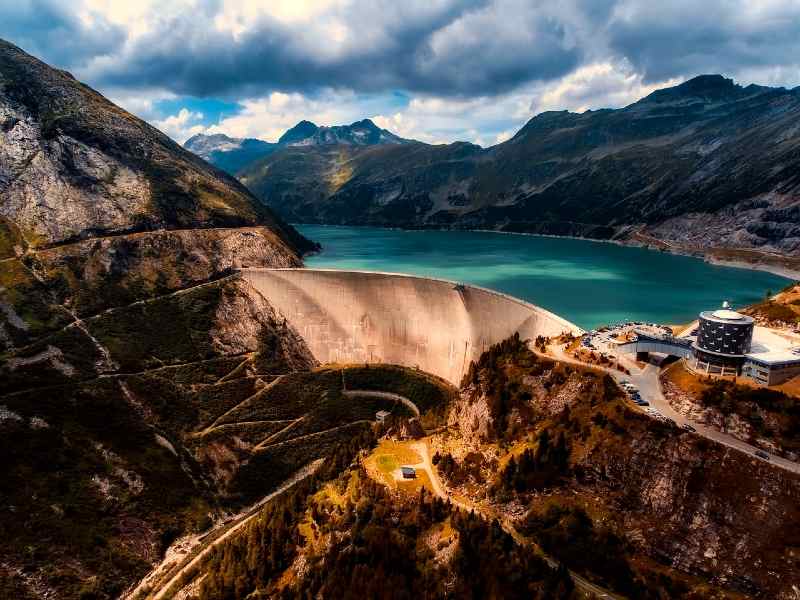 Image by David Mark from Pixabay
Image by David Mark from Pixabay
A review by researchers with the University of Maine found that while small hydro projects have the potential to contribute more to a renewable energy future, there are many inconsistencies in studies of this technology.
The US Department of Energy defines small hydropower as any project with a capacity of less than 60MW, although the exact classification of subclasses within the “small” range can be debatable, according to a release.
The researchers said small hydropower projects can be reliable, flexible and cost-effective. Sharon Klein, associate professor at the School of Economics, and Emma Fox, Klein’s former graduate student, categorised the cost and performance metrics used to evaluate the different types of small hydropower projects and compared the results of these metrics across 13 studies of small hydropower projects conducted in multiple countries across four continents.
Klein and Fox pinpointed four types of small hydropower design: reservoir-based dams, which block the flow of water downstream and release it through turbines; run-of-river, which can involve a dam but channels the water from the stream to the turbines so that downstream flow equals upstream flow; pumped storage dams, which draw water from a lower reservoir to an uphill holding tank and release it through turbines to meet peak demand; and in-stream turbines, which are placed in the flow of water and require no river diversion or impoundment.
Each style has advantages and disadvantages. Some, like the run-of-river and in-stream turbines, can be less disturbing to habitats and fish passage, but more conventional styles like reservoir-based dams are generally more reliable, the researchers said.
“There are so many different styles of small-scale hydropower dam and so little consistency in the literature on benefit-cost assessment for these generating assets,” Fox said. “It was difficult to find points of comparison.”
“This literature review was an important first step in the research we conducted for the National Science Foundation-funded Future of Dams project. We were creating a benefit-cost model of small hydropower in New England and wanted to know what results other researchers had found. It turned out, no one had yet published a full review of the metrics we were seeking to calculate, and it was a lot of work to harmonize data from multiple studies to be comparable,” Klein said.
Still, the data showed promising general trends in small hydropower, like decreasing cost of energy and increasing benefits-cost ratio with increasing power capacity. However, the researchers also found a lack of consistency in the reported detail, assumptions, definitions and data inputs across the studies that makes it difficult to effectively compare them.
The researchers conclude that scientists will need more publicly available, user-friendly cost estimation tools with site-specific input data in order to effectively implement small hydropower projects.
“Because small hydropower impacts are so site-specific, our study really highlights a need for more investigations of small hydropower costs and benefits — not only financial, but also cultural and ecological — in more locations that use consistent and comparable metrics, assumptions, and inputs,” Klein said.
The research was supported by the National Science Foundation Research Infrastructure Improvement, US Department of Agriculture’s National Institute of Food and Agriculture and US Geological Survey.
The study will be published in the journal Renewable and Sustainable Energy Reviews in November 2022.
